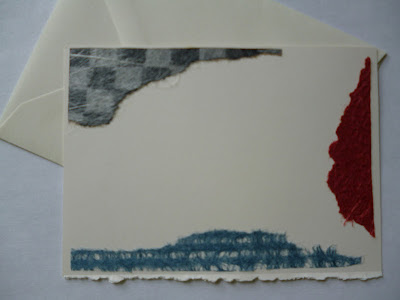Please note that I will be taking two weeks off. My next posting will be on January 19th.
Having listed my Best Reads of 2011, I want to carry on the tradition and list 2012's. Of the 39 fiction and 23 non-fiction books I read this past year, here is my list of favorites in alphabetical order by author.
Fiction:
1. Julian Barnes, The Sense of an Ending (Looking at feelings and events forty years later and finding different interpretations and memories by different people.)
2. Alan Bennett, The Uncommon Reader (Charming, funny, witty novella about Queen Elizabeth discovering books and gradually putting aside her royal duties--and her corgis--for a good read. A gem.)
3. Anne Bronte, Agnes Grey (How did I miss reading this before now! The trials of being a governess in Yorkshire as reflected by the author's own experience from 1839-1845. Beautifully written.)
4. Peter Carey, Parrot and Olivier in America (A bit reminiscent of Dickens and Robert Louis Stevenson, this is a "rendering" of deTocqueville's visit to the U.S. It contrasts a French nobleman and an English servant, both meeting democracy. It's raw, rough and ready with wonderfully descriptive language.)
5. Wilkie Collins, The Woman in White (Written in 1860, this is a 627-page page-turner. A first detective novel with a great cast of villains. So gripping, it kept England's P.M. from going to the theater one night so he could stay home and read.)
6. Alan Hollinghurst, The Stranger's Child (This work centers on what one remembers from the past and how that becomes its own tale, possibly fabricated, possibly not. This speaks of the confusion that results when seeking to remember the life of an early 20th century gay poet. Set in England over the course of a century.)
7. Penelope Lively, How It All Began (The ripple effect--how something that happens to one person can greatly alter the lives of others.)
8. Wright Morris, Plains Song, For Female Voices (This is both spare and lyrical about three generations of women in a Cather-like Nebraska.)
9. Helen Simonson, Major Pettigrew's Last Stand (Set in Sussex, a widowed pair, an English major and a Pakistani shop-keeper, fall in love. Light, intelligent, charming.)
Non-Fiction:
1. Fiona Carnarvon, Lady Almina and the Real Downton Abbey: The Lost Legacy of Highclere Castle (The story of the 5th Countess of Carnarvon who went to live at Highclere when she married in 1895 and who then pursued an active and expensive social life paid for with her Rothschild money. Of particular interest was the account of her husband's discovery of the Tut tomb. As told by the current Countess.)
2. Edmund de Waal, The Hare With Amber Eyes: A Hidden Inheritance (The inherited netsuke collection of the Ephrussi family as it went from Paris to Vienna--where a family servant saved it from the Nazis--and on to Tokyo and England.)
3. Karen Le Billon, French Kids Eat Everything: How Our Family Moved to France, Cured Picky Eating, Banned Snacking, and Discovered 10 Simple Rules for Raising Happy, Healthy Eaters (The French have us beat on this one. Regular sit-down meals, delicious fresh food, no snacks, and the continued introduction of different tastes as a child gets older. Bravo.)
4. Oscar Lewis, Sutter's Fort: Gateway to the Gold Fields. The Story of Captain John A. Sutter's California Empire (Fabulous telling of Sutter's life and pre-/post-Gold Rush California. Written in 1966.)
5. Mary S. Lovell, The Sisters: The Saga of the Mitford Family (The story of the English peer, his wife, six daughters, one son, and their Fascist and Communist leanings.)
6. Alan Moorehead, The Blue Nile (The history of exploration and battles that encompassed the region from the river's source in Ethiopia to Sudan to Egypt. Bruce's visit at its source in 1770, Napoleon's invasion of Egypt in 1798, and Napier's rescue of prisoners at Magdala in 1868. Written in 1962.)
7. Alan Moorehead, The White Nile (A splendid history of the explorers who sought the source of the Nile--from 1856 when Burton and Speke set out until 1900 when all the land from the Nile delta to its source at Lake Victoria came under British "protection." Written in 1960.)
8. Bob Spitz, Dearie: The Remarkable Life of Julia Child (Here are 530 pages recounting it all! He calls her a "supernova.")
9. Irving Stone, Men to Match My Mountains: The Opening of the Far West 1840 - 1900 (Another fabulous history of the West: California, Nevada, Utah, and Colorado. The overlanders. The mines. The Mormons. The railway. Written in 1956.)
















